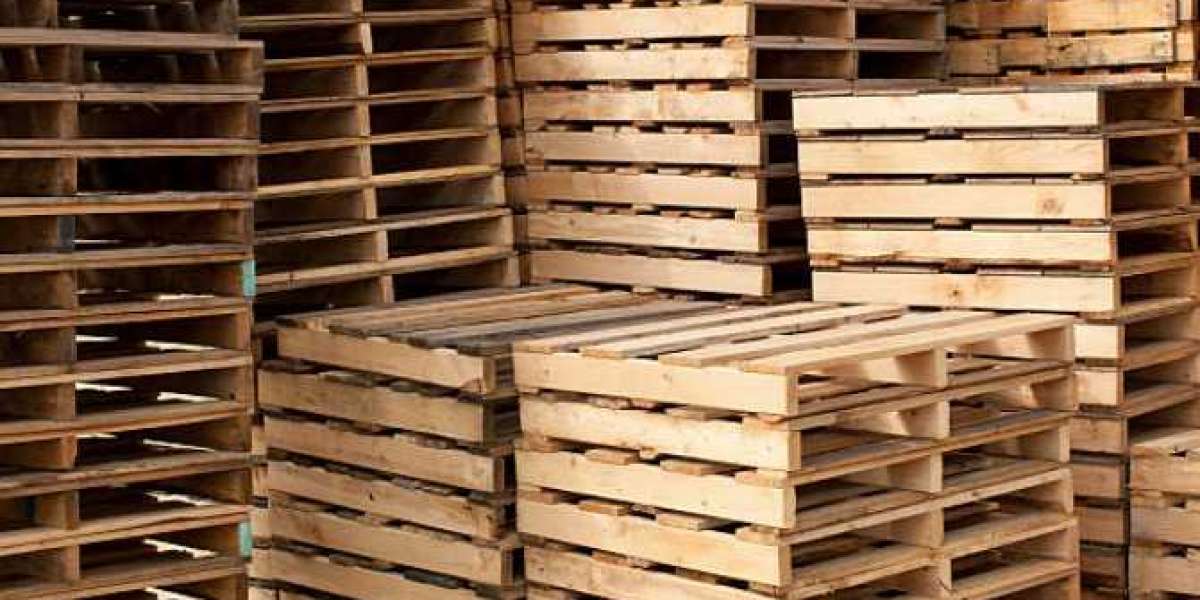In the world of logistics and supply chain management, pallets play a crucial yet often underappreciated role. These flat structures are foundational to the efficient transportation and storage of goods. But what exactly are pallets, and why are they so important? Let’s dive into the world of California Pallets and explore their significance in modern industry.
What is a Pallet?
A pallet is a flat, portable platform used for storing and transporting goods. Typically made from wood, plastic, or metal, pallets are designed to be lifted by forklifts, pallet jacks, or other handling equipment. They provide a stable base for stacking and securing products, making them essential for efficient logistics.
Types of Pallets
Wooden Pallets: The most common type, wooden pallets are versatile and cost-effective. They can support heavy loads and are easily repaired. However, they are susceptible to damage from moisture and pests.
Plastic Pallets: Known for their durability and resistance to moisture and chemicals, plastic pallets are ideal for industries with stringent hygiene requirements, such as pharmaceuticals and food processing. They are also lightweight and easy to clean.
Metal Pallets: Made from steel or aluminum, metal pallets are incredibly strong and durable. They are often used in industries where heavy or hazardous materials need to be transported. However, they are more expensive and less flexible compared to wooden or plastic pallets.
Composite Pallets: These are made from a combination of materials, often including recycled materials. They offer a balance between cost, durability, and environmental impact.
Why Pallets Matter
Efficiency: Pallets streamline the handling of goods. They allow for easy stacking, storage, and movement of products, reducing labor costs and time.
Standardization: Pallets provide a standardized method for transporting goods, making it easier for different companies and supply chain partners to work together.
Protection: Pallets help protect goods during transit. They keep products off the ground, reducing the risk of damage from moisture, dirt, or other contaminants.
Flexibility: With various types of pallets available, businesses can choose the one that best fits their needs, whether it's for heavy industrial items or delicate goods.
The Pallet Supply Chain
The lifecycle of a pallet involves several key stages:
Manufacturing: Pallets are produced according to industry standards and specifications. The choice of material and design depends on the intended use.
Distribution: Once manufactured, pallets are distributed to businesses where they are used for storing and transporting goods.
Usage: During use, pallets are loaded with products and moved through the supply chain. They are often reused multiple times.
Repair and Recycling: After their useful life, pallets can be repaired or recycled. Wooden pallets can be refurbished, while plastic and metal pallets can be melted down or repurposed.
Challenges and Innovations
While pallets are essential, they also face challenges. Issues such as pallet shortages, quality control, and environmental impact are areas of concern. However, innovations in pallet design and materials are addressing these challenges. For example, advances in plastic recycling are leading to more sustainable pallet options, and new designs are improving durability and functionality.
Conclusion
Pallets might seem like a small part of the logistics puzzle, but their impact is significant. They facilitate efficient transportation, protect goods, and contribute to the smooth functioning of global supply chains. As industries evolve and new challenges arise, pallets will continue to play a vital role in ensuring that goods reach their destinations safely and efficientl






